The last couple of days I’ve been busy starting the next generation of plants from seed. One of the more interesting lophs this year is a variety of Lophophora williamsii originating from El Oso, Coahuila, Mexico. According to The genus Lophophora – Kaktusy Special 2, 2005 this variety forms massive clusters with individual heads measuring up to 15 cm (5.9'') in diameter! Unfortunately it seems the El Oso site is severely threatened by agricultural activities.

Lophophora williamsii - El Oso, Coahuila (picture taken from The genus Lophophora – Kaktusy Special 2, 2005)
I’ve sown the following Lophophora seeds this year:
- Lophophora diffusa v. koehresii (RS 1182; El Sabino, San Luis Potosí)
- Lophophora diffusa ssp. kubesai (JJH 0010892; Puente Mezquitio, Querétaro)
- Lophophora fricii (RS 404B; Viesca, Coahuila)
- Lophophora williamsii (MMR 89; El Oso, Coahuila)
- Lophophora williamsii (RS 428A; Cuatro Ciénegas, Coahuila)
 Lophophora diffusa ssp. kubesai
In addition to the Lophophora seeds I also started a handful of Ariocarpus from seed:
Lophophora diffusa ssp. kubesai
In addition to the Lophophora seeds I also started a handful of Ariocarpus from seed:
- Ariocarpus fissuratus (JDL 26; Hot Springs, Big Bend, Texas)
- Ariocarpus fissuratus (VVZ 204; Terlingua, Texas)
- Ariocarpus fissuratus (VVZ 205; North of Alpine Texas)
- Ariocarpus kotschoubeyanus v. macdowellii (RS 134; Hipolito, Coahuila)
- Epithelantha micromeris (JM 101; Sitting Bull Canyon, New Mexico)
- Epithelantha micromeris v. gregii (MMR 179; El Oso, Coahuila)




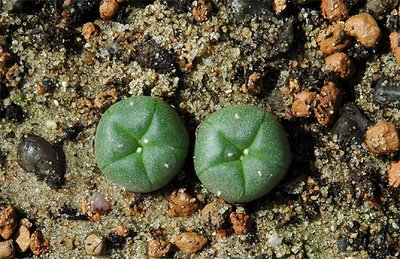
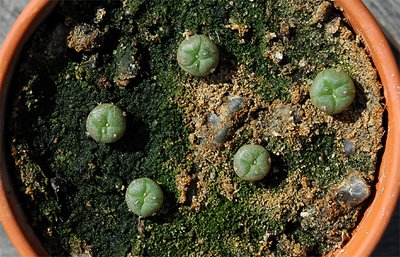
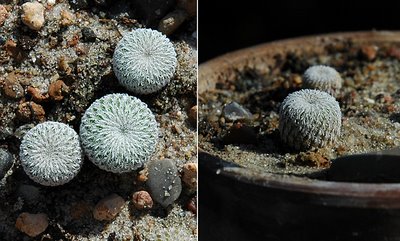
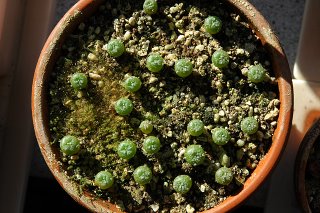
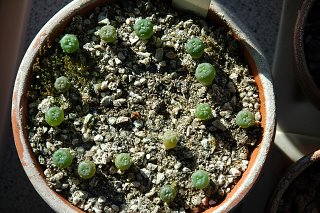
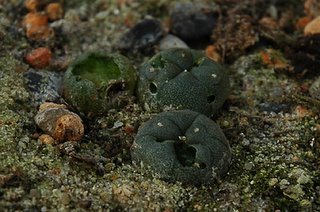
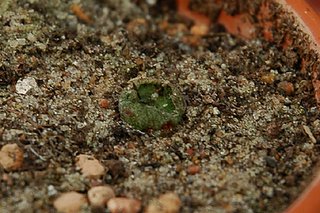
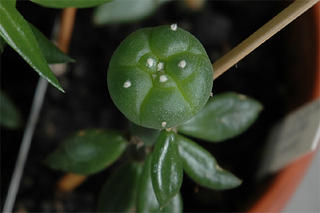
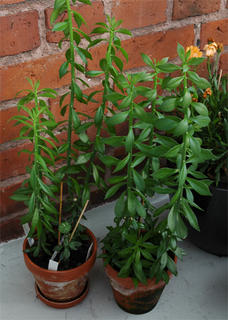

.jpg)


















